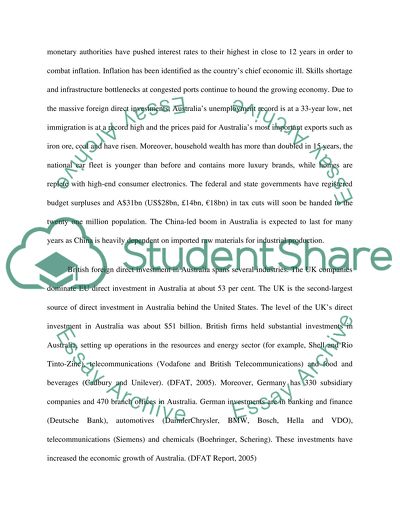Cite this document
(“Foreign Direct Investment in Australia Essay Example | Topics and Well Written Essays - 2000 words”, n.d.)
Foreign Direct Investment in Australia Essay Example | Topics and Well Written Essays - 2000 words. Retrieved from https://studentshare.org/miscellaneous/1519497-foreign-direct-investment-in-australia
Foreign Direct Investment in Australia Essay Example | Topics and Well Written Essays - 2000 words. Retrieved from https://studentshare.org/miscellaneous/1519497-foreign-direct-investment-in-australia
(Foreign Direct Investment in Australia Essay Example | Topics and Well Written Essays - 2000 Words)
Foreign Direct Investment in Australia Essay Example | Topics and Well Written Essays - 2000 Words. https://studentshare.org/miscellaneous/1519497-foreign-direct-investment-in-australia.
Foreign Direct Investment in Australia Essay Example | Topics and Well Written Essays - 2000 Words. https://studentshare.org/miscellaneous/1519497-foreign-direct-investment-in-australia.
“Foreign Direct Investment in Australia Essay Example | Topics and Well Written Essays - 2000 Words”, n.d. https://studentshare.org/miscellaneous/1519497-foreign-direct-investment-in-australia.


